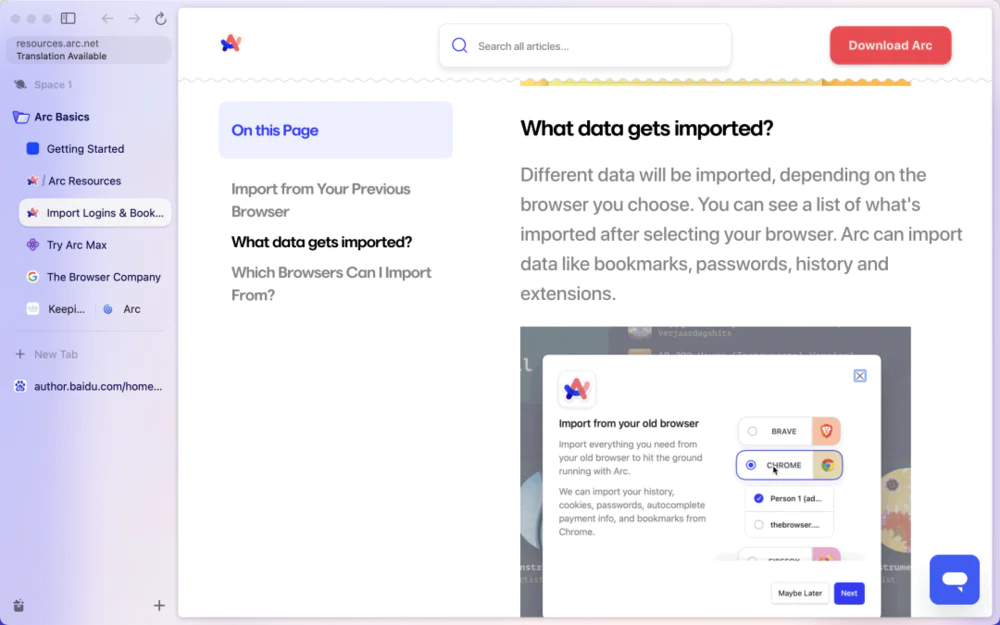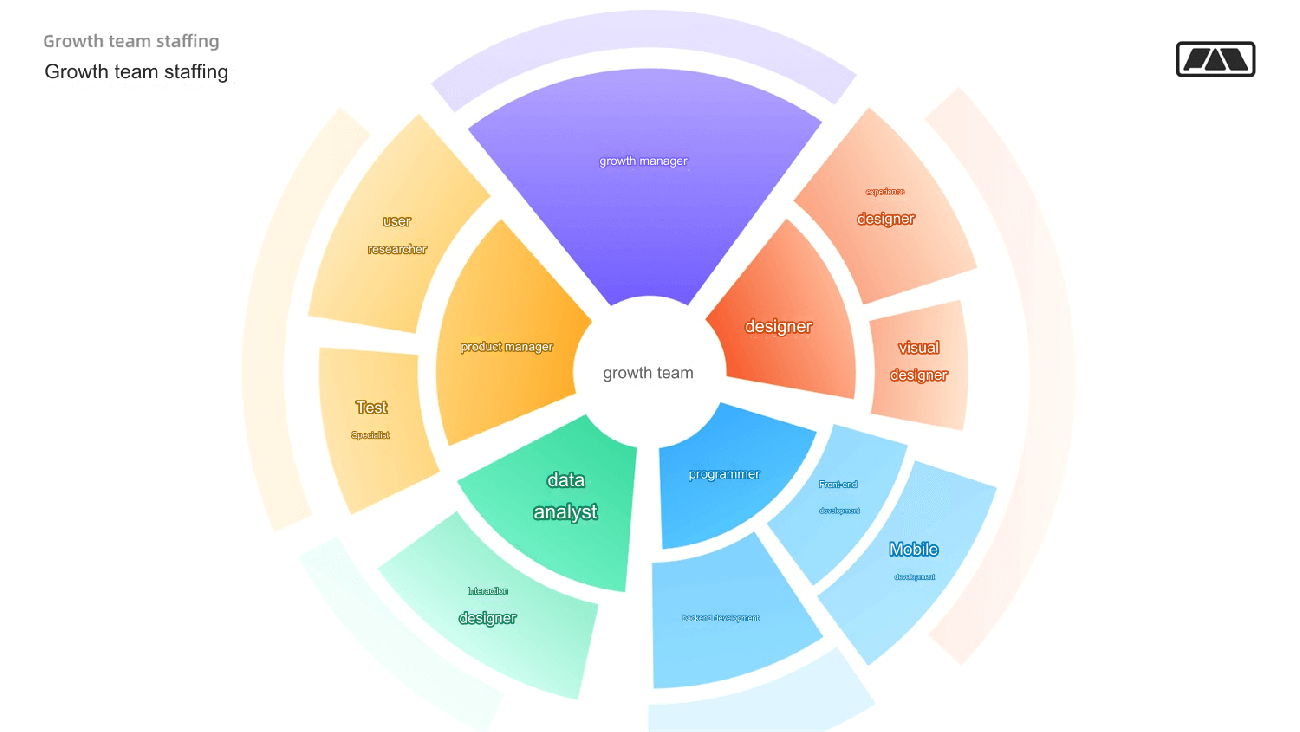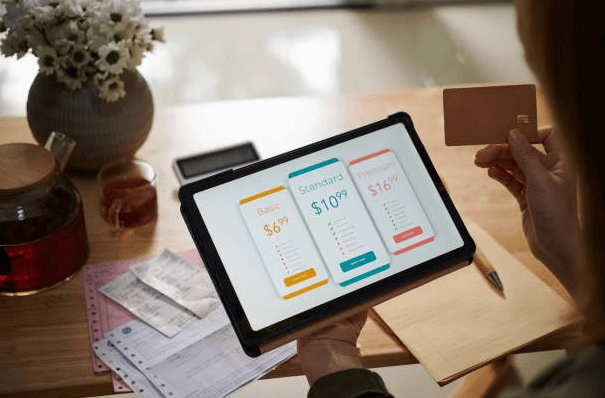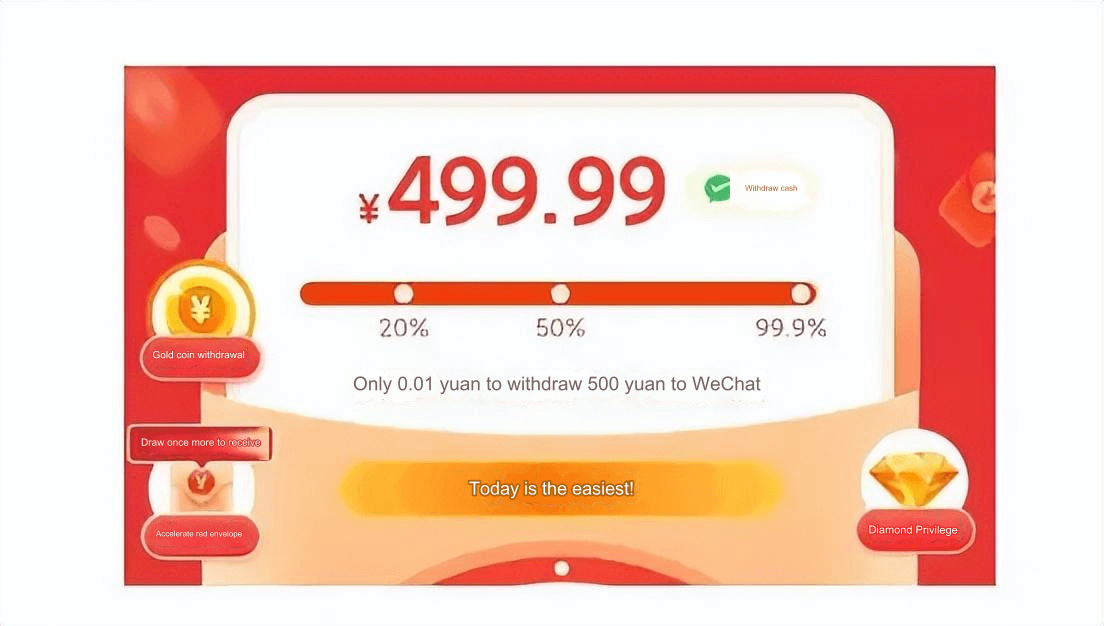This article will delve into the definition, types, and applications of communication symbols in marketing, revealing how well-designed symbols can help brands stand out in a highly competitive market. Whether you're a marketer or a brand manager, this article will offer valuable insights and strategies.

The Core of Marketing: Building Connections Between Brands and Consumers
At the core of marketing is establishing effective connections between brands and consumers. This can be achieved through a series of strategic steps, such as introducing the brand to strangers, deepening the perception of weak relationships, strengthening the recognition of strong relationships, and fostering strong identification among loyal fans.
In this process, marketers need to focus on communication symbols, reasons for consumption, repeat purchase word-of-mouth, and emotional connections to implement effective strategies and measures.
Today, we will focus on communication symbols.
1. What Are Communication Symbols?
Communication symbols refer to elements of a brand used in mass communication that have collective memory value and unique informational value. They are an important tool for brand communication with consumers, helping the brand leave a lasting impression in the minds of the public. These symbols can take the form of text, images, sounds, gestures, or any other type of representation. In a broader sense, they include both verbal and non-verbal forms and are used to convey specific meanings or information. For example:
Verbal Symbols: This includes spoken language (e.g., daily conversation) and written language (e.g., articles, advertising texts).
Visual Symbols: This includes images, graphics, colors, logos, etc.
Auditory Symbols: This includes music, sound effects, voice tone, etc.
Behavioral Symbols: This includes body language, facial expressions, gestures, and other non-verbal behaviors.
Material Symbols: This conveys meaning through objects, such as product packaging designs, architectural designs, etc.
In marketing, communication symbols are especially important because they help create brand identity, attract the attention of target audiences, evoke emotional responses, and drive consumer action.
2. The Underlying Logic of Communication Symbols
The reason communication symbols are so powerful lies in the underlying logic behind them. In today's age of information overload, communication between brands and consumers has become increasingly complex. To stand out in the noise, understanding and effectively utilizing communication symbols is crucial.
1. Unique Selling Proposition (USP)
The USP is the most important foundation for communication symbols. Brands often emphasize the unique characteristics of their products, helping consumers compare and remember them.
This means that a brand must not only highlight what makes it different but also ensure that this uniqueness is tied to consumer needs. This allows consumers to engage in a comparative evaluation against other products or brands.
For example, when Yunnan Baiyao launched its bandages, it introduced the slogan "Heal Faster with Medicine," clearly conveying that using Yunnan Baiyao products accelerates the healing process. This slogan not only highlights the product's uniqueness but also directly addresses the consumer's desire for faster recovery. By leveraging this USP, Yunnan Baiyao successfully distinguished itself from similar products in the market and left a deep impression on consumers.
2. Category Leadership
This logic asserts that the brand is the leader in a certain category, thereby demonstrating industry status and gaining consumer recognition and trust.
For instance, Bosideng launched the windproof down jacket category and emphasized being the "first to create the windproof down jacket," successfully positioning itself as the leader in the market.
Through clear market positioning, supported by market data and multi-channel communication strategies, Bosideng not only reinforced its image as the category creator but also further enhanced its brand value and market position.
Category leadership is used when a brand truly dominates a category, helping to strengthen its market position and consumer trust. However, to ensure this information is widely known, the brand needs to support this claim through appropriate marketing and advertising efforts.
3. Scenario-Driven
Scenario-driven marketing leverages commonly encountered scenarios in daily life to trigger consumer resonance.
A familiar advertising slogan is: "Tired or exhausted? Drink Red Bull."
"Tired" and "exhausted" are universal situations, representing basic needs. This slogan precisely captures the fatigue consumers may feel during work or study, positioning Red Bull as a solution to fatigue. By creating a specific context, Red Bull successfully associates itself with resolving fatigue issues. The memorability and recall of such scenarios ensure that the brand stays top of mind for consumers.
4. Call to Action
A call to action directly encourages consumers to take a specific action.
For example, Zhihu's former slogan "Got a question? Go to Zhihu" is a typical call to action. This direct and powerful statement encourages users to seek answers on the Zhihu platform, reinforcing its identity as a knowledge-sharing community.
While some may find similarities between calls to action and scenario-driven strategies, the key difference lies in that the call to action is more direct and explicit. Scenario-driven marketing evokes a need, while calls to action demand an immediate response.
5. Comparison
Comparison involves associating a brand with a more well-known or influential brand, event, or image to enhance its recognition.
For example, Qinghua Lang's advertising once claimed it was "one of China's top two sauce-flavored liquors" or "one of the top two sauce-flavored liquors of Chishui River." This strategy leveraged comparison to elevate its brand image by associating itself with more famous products, like Moutai.
6. Analogy
Analogy uses metaphors to help consumers quickly understand the characteristics or value of a product when it is difficult to explain using one dimension.
For instance, Banana's brand concept "My Basics" is an analogy that groups unrelated products, such as wearable home clothes, mosquito-repelling pants, and tag-free underwear, under a commercial umbrella.
7. Challenge
This strategy is typically used by smaller brands with limited marketing resources, contrasting themselves with competitors to highlight their advantages.
For example, during the era of Smartisan phones, Luo Yonghao frequently compared himself to Apple's Steve Jobs, even challenging Apple by claiming that his phone had superior design.
While challenging can garner attention, it can also place the brand under scrutiny, making it essential for the challenger to have solid backing to avoid backlash.
8. Memory
Memory logic uses repetitive slogans, visual elements, or content to strengthen consumer recall.
Brands like Hengyuanxiang, Brain Platinum, and Baijiayou all employ this strategy, creating strong and memorable associations with their audiences.
9. Value Proposition
A value proposition conveys a brand's core philosophy and values, seeking consumer recognition and resonance.
For example, Apple’s "Think Different" is a value proposition that represents its core belief in innovation and individuality.
3. How to Create Effective Communication Symbols
Many people think that creating a catchy slogan and pouring advertising dollars into it is enough to build an effective communication symbol. However, this oversimplifies the design of communication symbols and misinterprets their impact.
To design effective communication symbols, consider the following steps:
Step 1: Focus on Customer Needs and Develop Key Products
Deeply understand the segmented market to identify specific consumer needs and pain points.
Develop key products that offer a competitive advantage, meeting those needs.
Step 2: Build Brand Memory and Strengthen Customer Recognition
Create distinctive symbols that are easy to recognize and remember.
Strengthen emotional connections by sharing brand stories and values.
Step 3: Implement Category Marketing and Guide Consumer Decisions
Clearly position the brand in its category.
Use multiple channels to guide customers toward making a purchasing decision.
ConclusionAn effective communication symbol is rooted in strong product foundations, coupled with thoughtful design and recognition management. By focusing on customer needs, developing unique products, and establishing a clear brand identity, brands can successfully stand out in the competitive marketplace.







